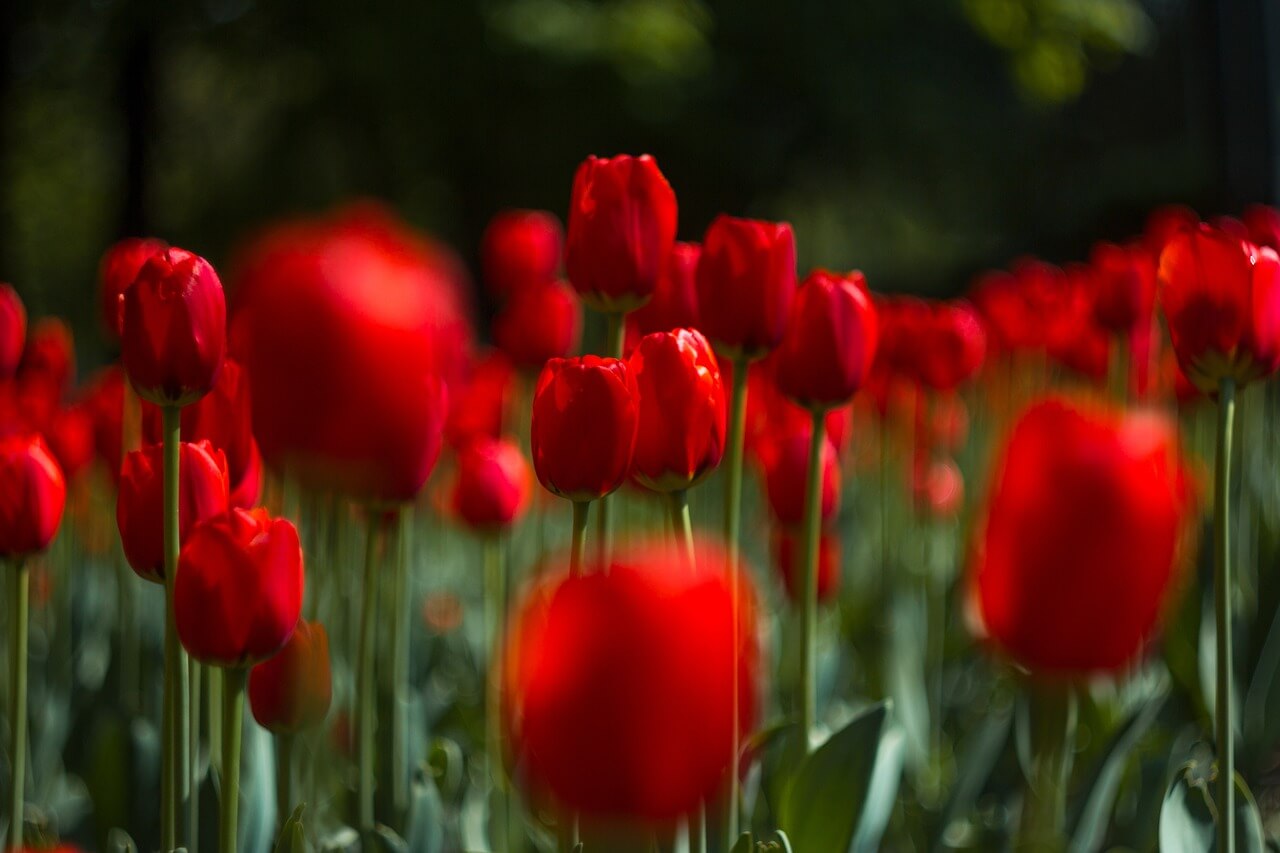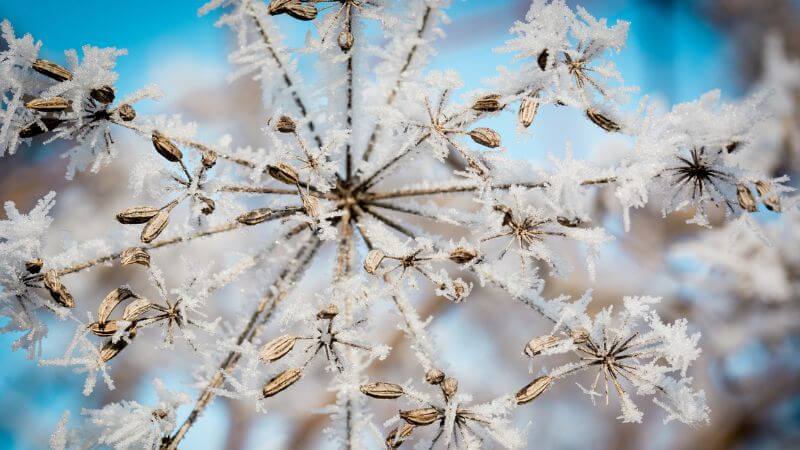10 Neat Things About Plants of Love
Love is in the air – and in the garden! Throughout history, plants have been associated with romance, passion, and affection. From traditional aphrodisiacs to flowers that symbolize devotion, here are ten neat things about the plants of love. Whether through their names, symbolism, or legendary aphrodisiac properties, plants have long played a role in the language of love. This Valentine’s Day, why not express your affection with a botanical gift that has a deeper meaning?
1. Love lies bleeding.
The dramatic name of Amaranthus caudatus evokes deep, unrequited love. Its trailing crimson flowers have been used in love charms and rituals for centuries. The plant symbolizes hopeless but enduring love in the Victorian language of flowers, making it a poignant addition to any romantic bouquet.
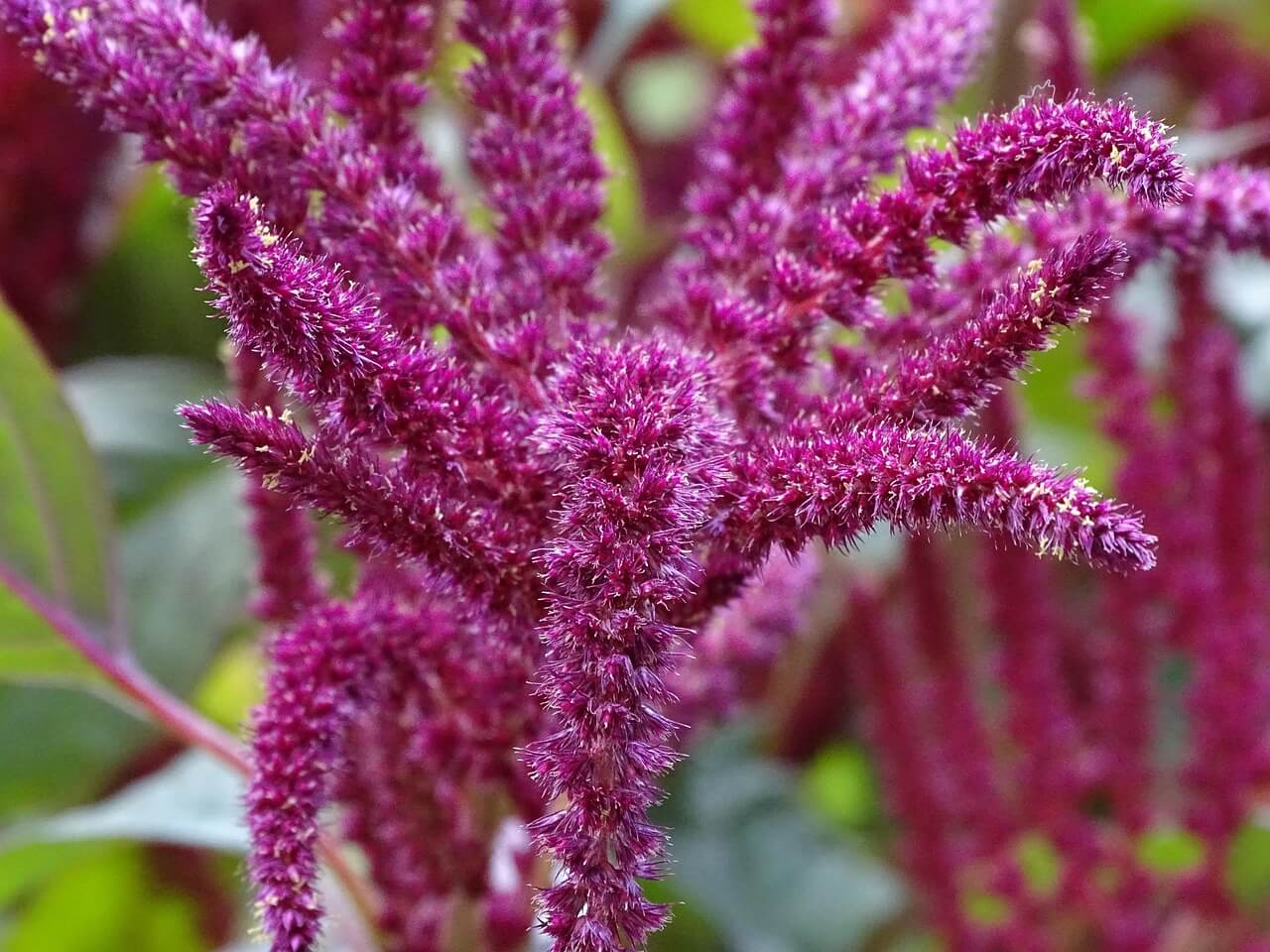
2. The aphrodisiac power of chocolate.
The cacao tree (Theobroma cacao) gives us chocolate, one of the most famous symbols of love. Its scientific name translates to “food of the gods,” and it has long been associated with passion. Aztecs believed that drinking cacao enhanced desire, and even today, chocolate is a staple gift on Valentine’s Day.
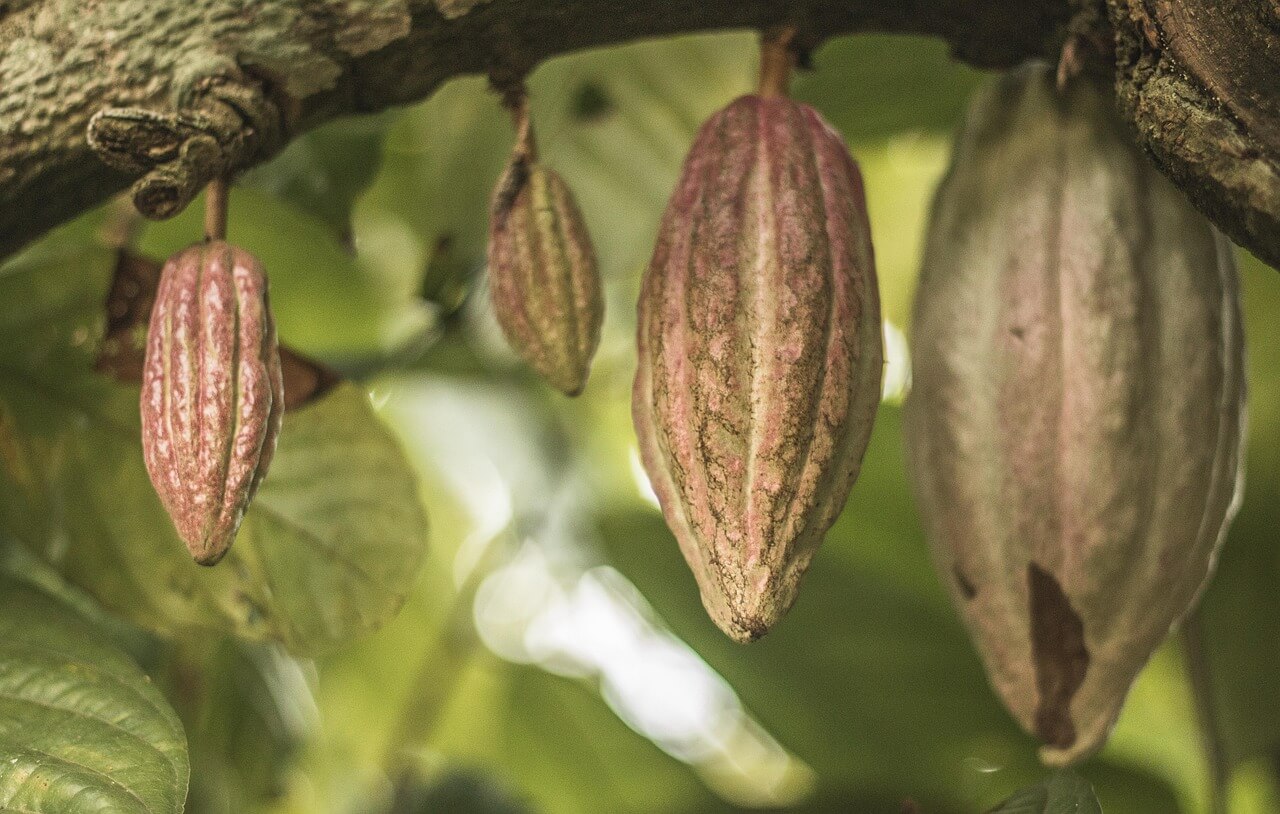
3. Hawthorn: the tree of marriage and sacrifice.
Hawthorn (Crataegus spp.) has long been a symbol of love, marriage, and protection. In ancient Greece and Rome, its blossoms were woven into bridal wreaths, while Celts linked it to fertility and Beltane celebrations. However, hawthorn also has a darker side. In Christian tradition, it is believed that the Crown of Thorns worn by Jesus was made from hawthorn, tying it to both love and sacrifice. Cutting down a hawthorn tree was thought to bring terrible misfortune, as many believed it was home to fairies who would curse those who disturbed it.
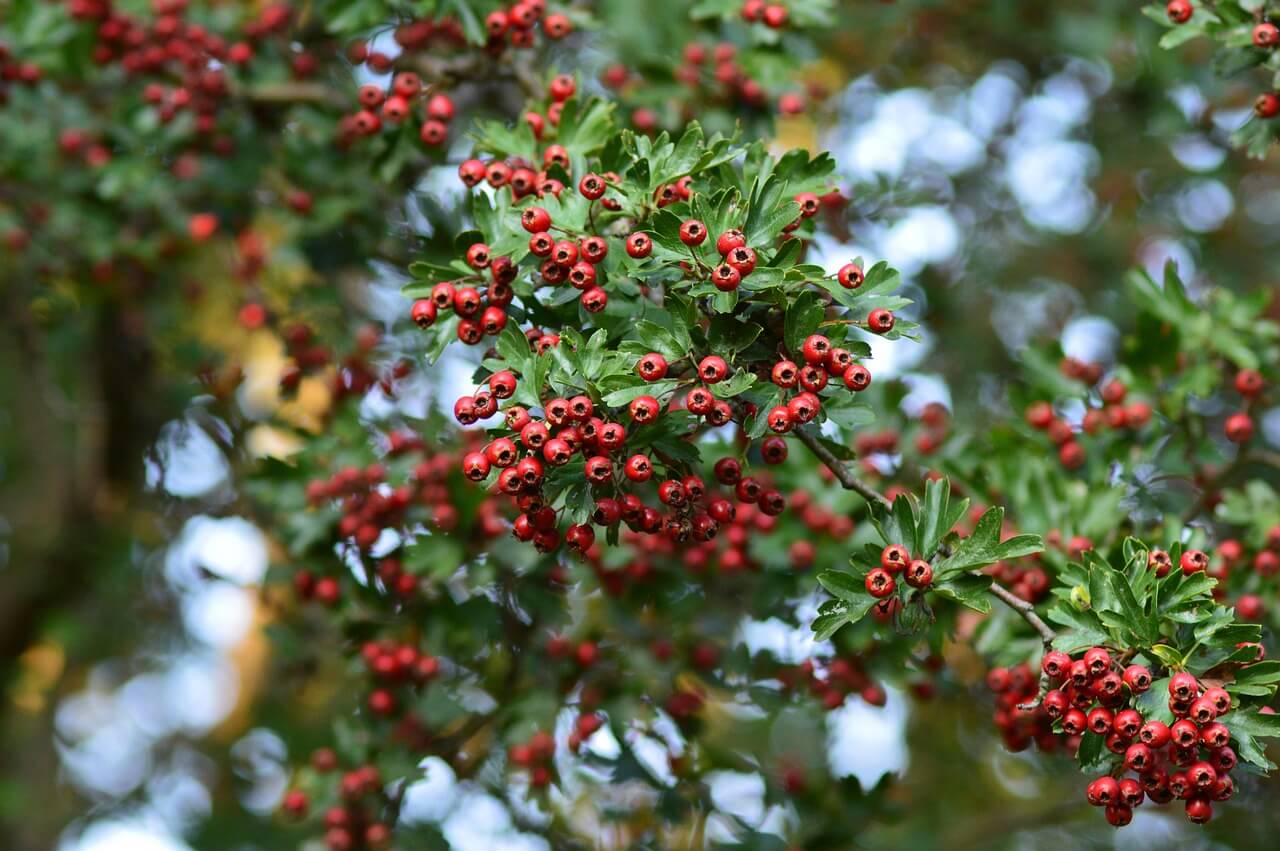
4. Love-in-a-mist.
With its delicate, feathery foliage and star-like flowers, Nigella damascena is a favourite in cottage gardens. The name reflects the way its blooms emerge from a misty green tangle, symbolizing love’s mystery and beauty. In the past, its black seeds were thought to have medicinal and aphrodisiac properties.
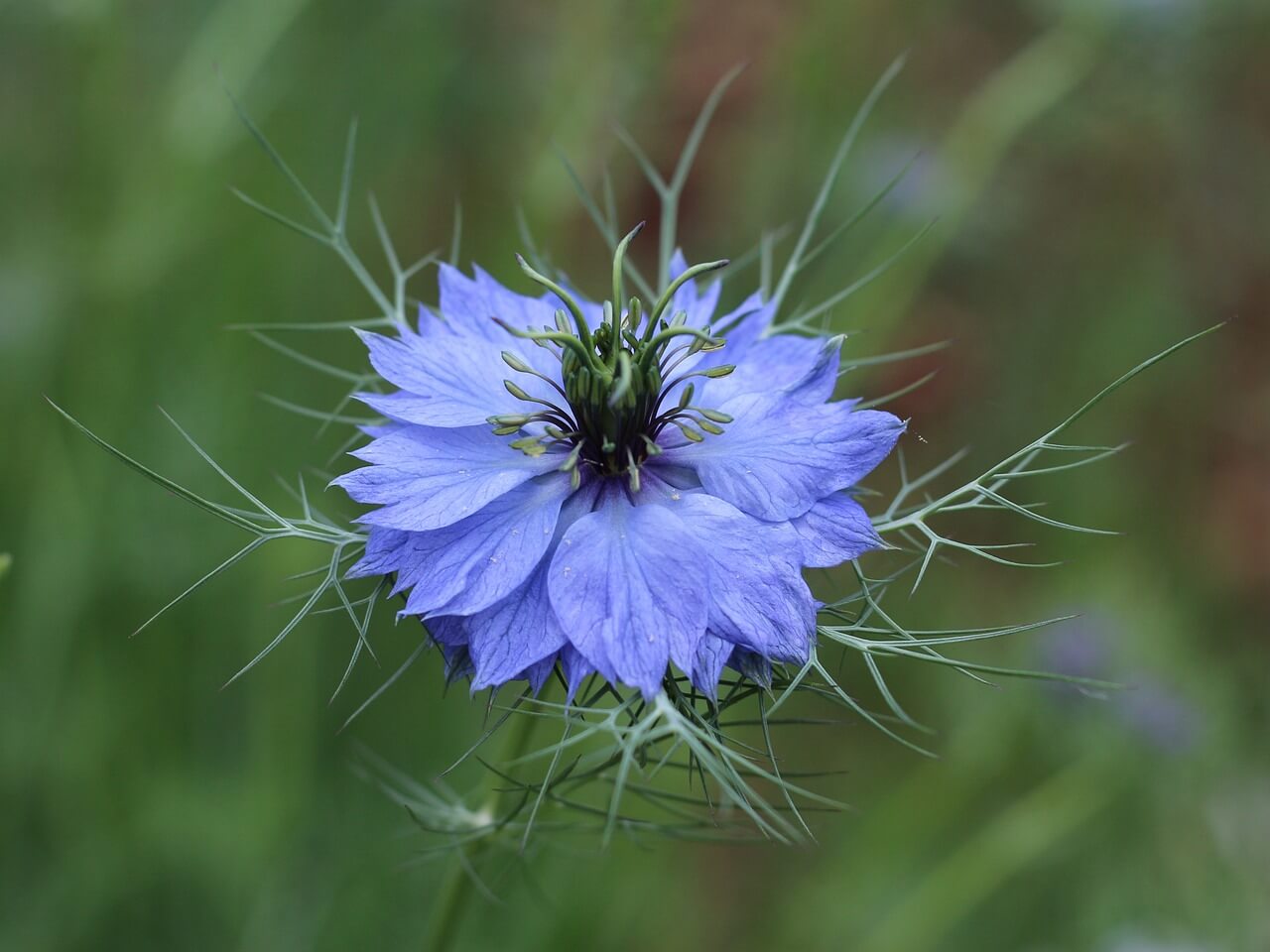
5. Orchids and desire.
Orchids (Orchidaceae) have been linked to love and fertility for centuries. The name comes from the Greek word orkhis, meaning testicle, due to the shape of the plant’s tubers. Ancient cultures believed orchids could influence the gender of unborn children, and their exotic beauty makes them a timeless gift of romance.
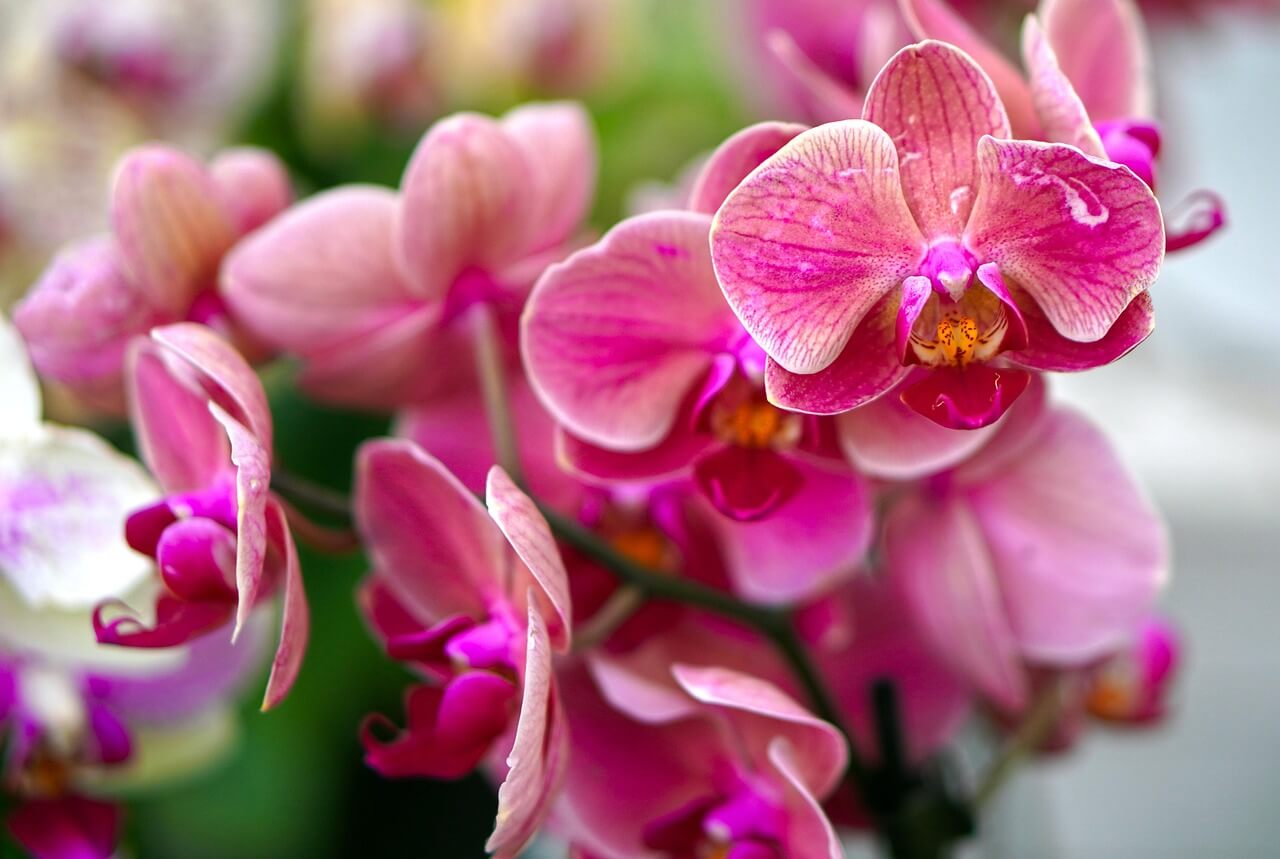
6. Jasmine: the scent of seduction.
Jasmine (Jasminum) is prized for its intoxicating fragrance, which is known to have mood-lifting and aphrodisiac effects. In India and the Middle East, jasmine flowers are woven into wedding garlands and used in love potions. The scent of night-blooming jasmine is said to enhance attraction and deepen connections.
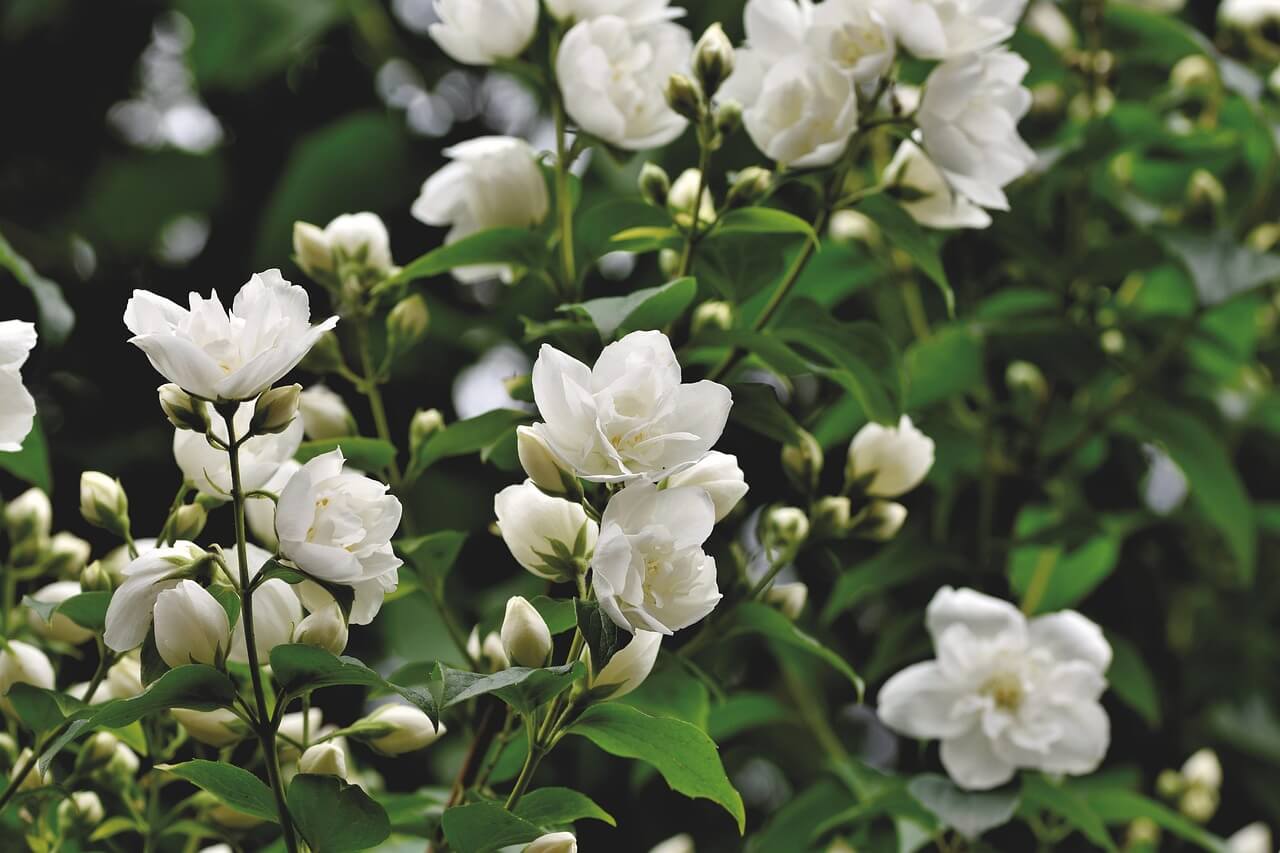
7. The rose: eternal love.
Perhaps the most iconic plant of love, the rose has symbolized romance for thousands of years. Red roses stand for deep love and passion, while pink signifies admiration and white represents purity. Cleopatra was said to have filled her chambers with rose petals to seduce Mark Antony.
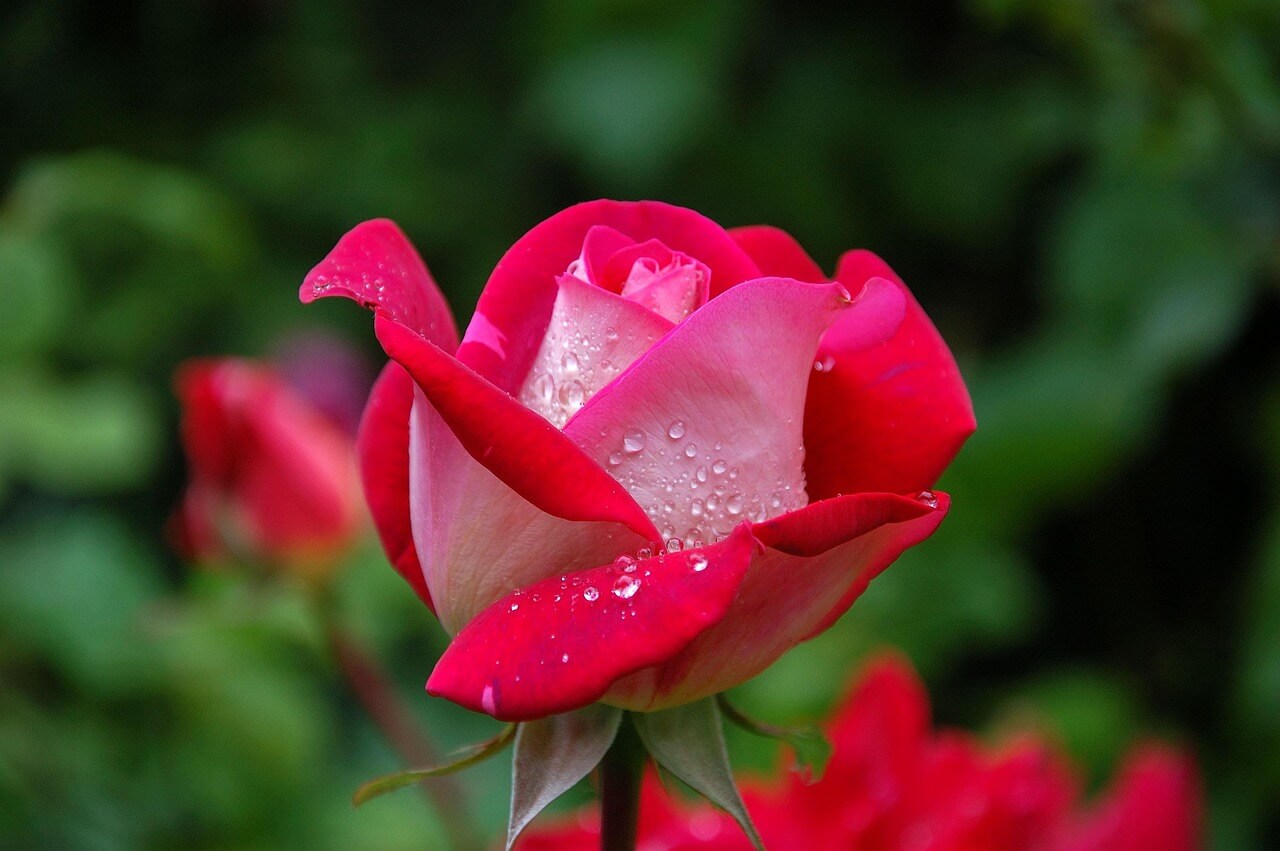
8. Lavender and devotion.
Lavender (Lavandula angustifolia) represents love, loyalty, and peace. In medieval times, it was thought to keep a lover’s heart true, and it was commonly tucked into wedding dresses or bedsheets. Today, its soothing scent is used to create a relaxing atmosphere, perfect for romance.
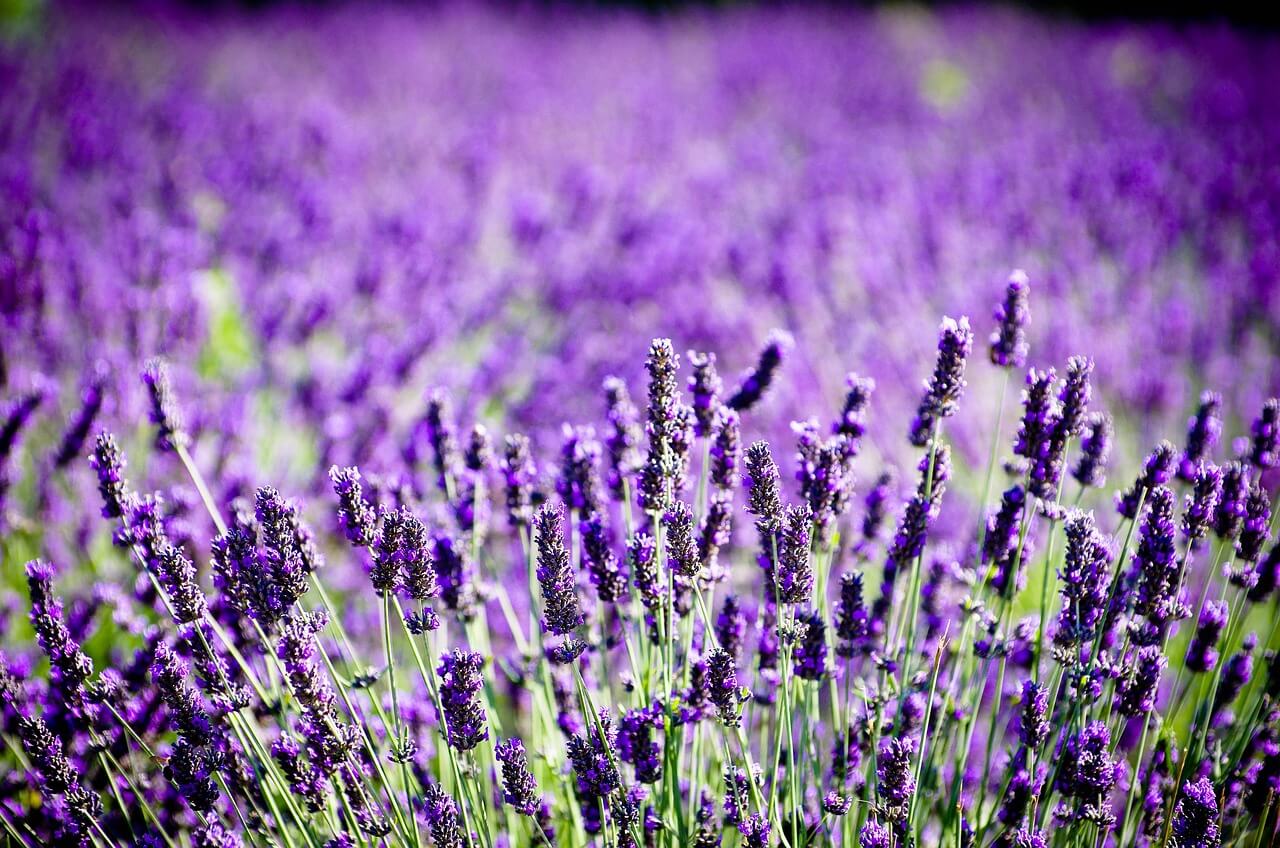
9. The mystical mandrake.
The mandrake (Mandragora officinarum) has long been tied to love, fertility, and magic. Its human-shaped root led to beliefs in its supernatural powers, appearing in ancient love potions and even the Book of Genesis as an aid to conception.However, legend warned that pulling a mandrake from the ground caused it to scream, killing or maddening the harvester. To avoid this, people used dogs to uproot it. Beyond folklore, mandrake was valued as a sedative and was a key ingredient in medieval “witches’ brews.”
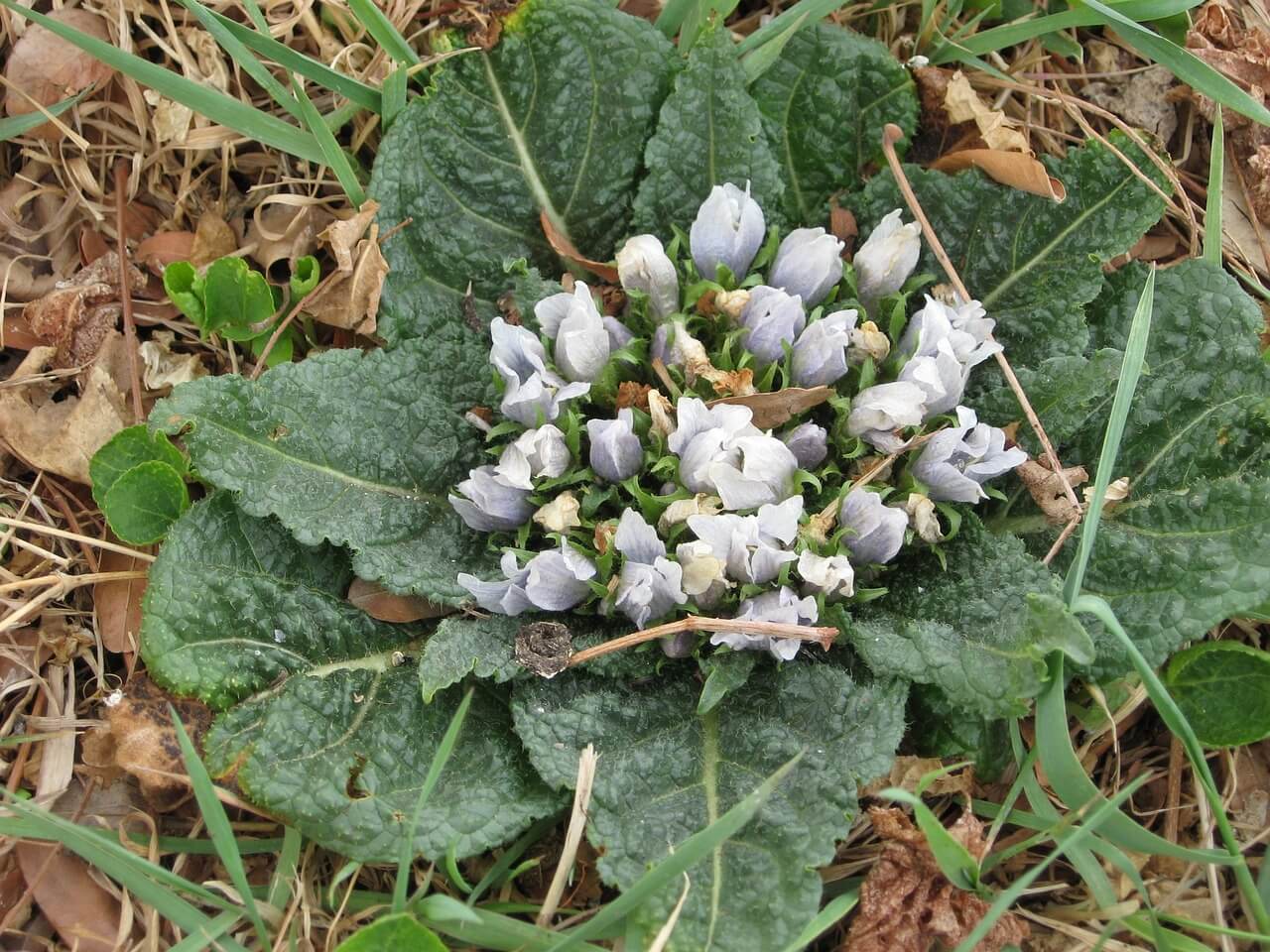
10. Tulips and declarations of love.
Tulips have symbolized love for centuries, especially in Persian and Ottoman cultures. In Persian legend, red tulips sprang from the spilled blood of a heartbroken prince, symbolizing undying love and sacrifice. During the Ottoman Empire, a single red tulip was a lover’s way of saying, “I am burning with passion for you.” Tulips were also tied to the Lâle Devri (Tulip Era), a period of beauty and romance. Even today, red tulips represent deep love, making them a timeless symbol of devotion.
